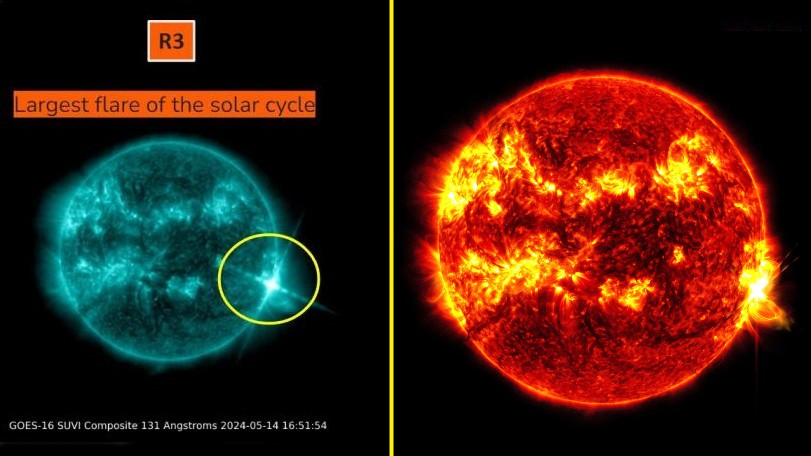On May 14, the most powerful solar flare in the last seven years occurred. Its source was an active region, which had previously caused a record geomagnetic storm.

In December 2019, the Sun entered a new 11-year cycle of activity. This process is accompanied by a gradual increase in the number of sunspots and other manifestations of its activity in the form of flares and coronal mass ejections.
At the moment, the Sun has already come very close (and possibly reached) the peak of the current cycle. Last week, active region 3664 produced a series of flares and coronal ejections. When they reached our planet, they caused the most powerful geomagnetic storm since 2003. It was accompanied by bright auroras, which could be observed even in Mexico and the Canary Islands.
On May 14, active region 3664 once again reminded itself by producing an X-class 8.7 flare. This flare became the most powerful since September 2017. Then our luminary produced two flares X 11.8 and X13.3. During such events, enormous amounts of energy are released, billions of times greater than the power of all nuclear bombs on Earth.
Since the active region 3664 was already at the edge of the solar disk at the time of the flare, the coronal mass ejection generated by it is unlikely to affect our planet and lead to a new geomagnetic storm. Nevertheless, we have the right to expect that in the near future the Sun will once again manifest itself in the form of even more powerful flares.
According to https://www.livescience.com
Follow us on Twitter to get the most interesting space news in time
https://twitter.com/ust_magazine


